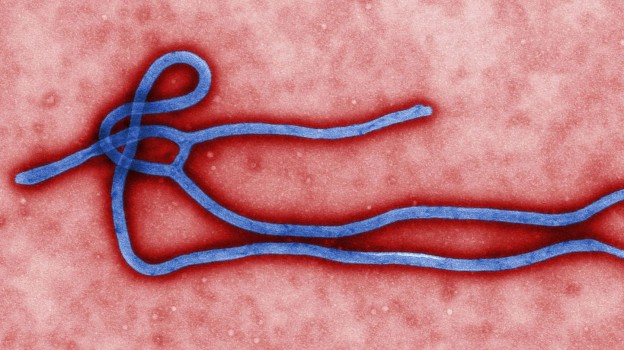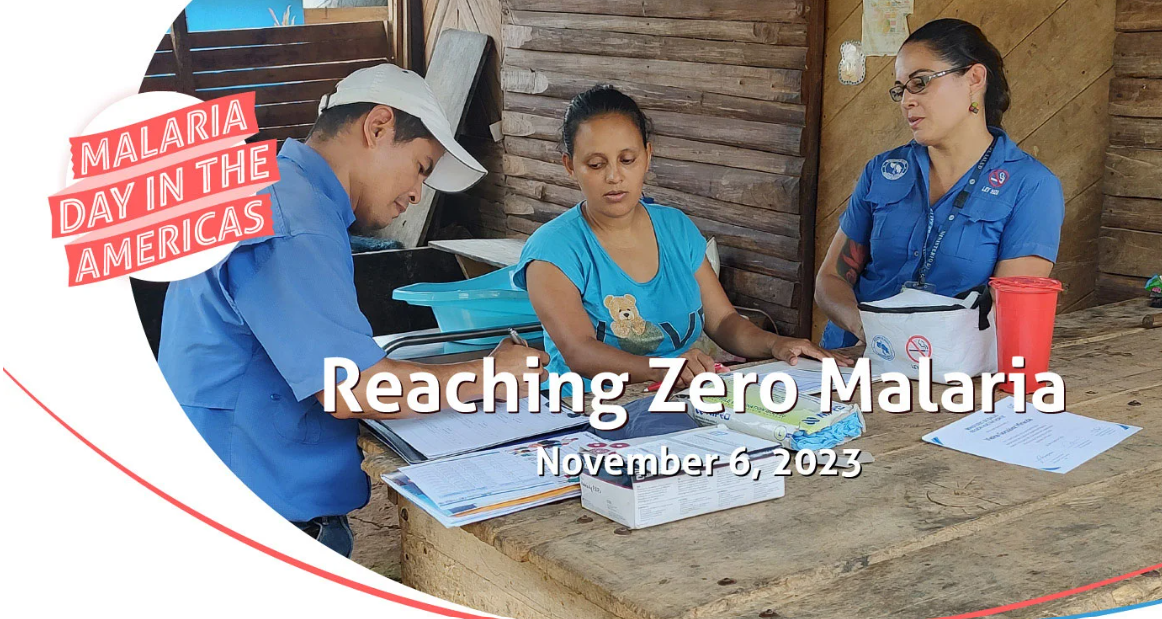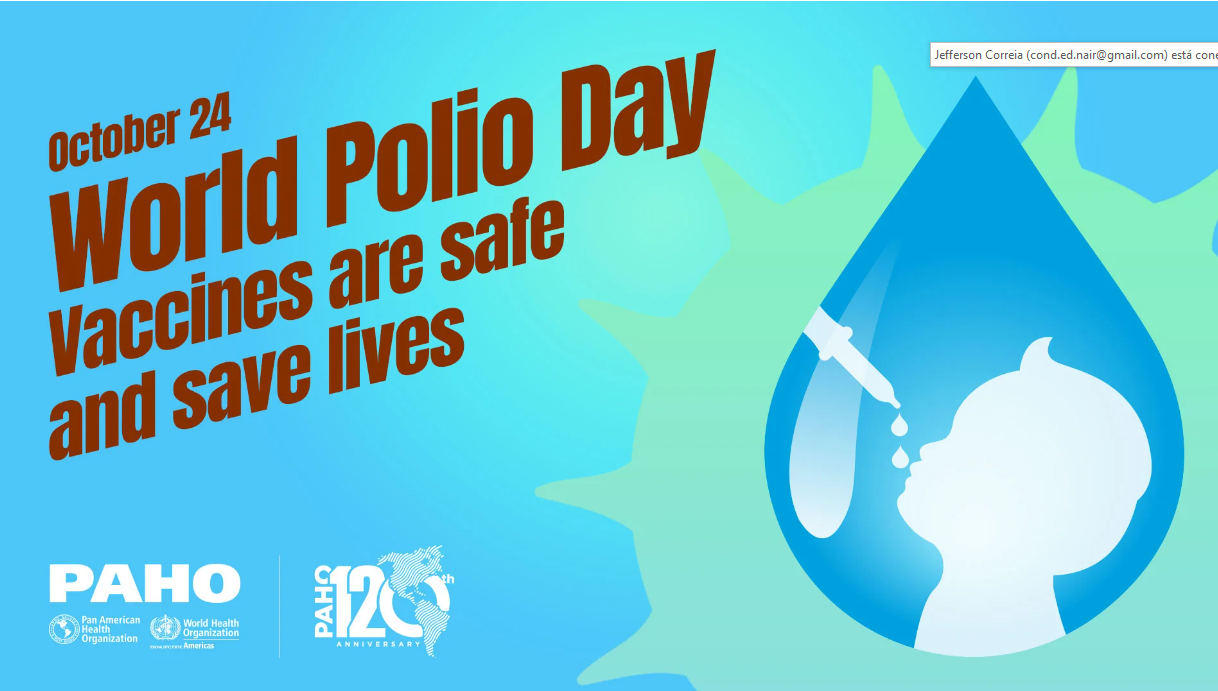
Ebola virus disease (formerly known as Ebola haemorrhagic fever) is a severe, often fatal illness, with a case fatality rate of up to 90%. It is one of the world’s most virulent diseases. T
he infection is transmitted by direct contact with the blood, body fluids and tissues of infected animals or people. Severely ill patients require intensive supportive care.
During an outbreak, those at higher risk of infection are health workers, family members and others in close contact with sick people and deceased patients.
Learn more
Ebola virus disease in West Africa
Related links
- The Ebola outbreak's real cause: Letting industry drive the research agenda
- Laboratory guidance for the diagnosis of Ebola virus disease
- How to safely collect oral swabs from deceased patients suspected to be infected with Ebola
- Key questions and answers concerning water, sanitation and hygiene: Ebola virus disease
- Ebola surveillance in countries with no reported cases of Ebola virus disease
- Ebola virus disease: occupational safety and health
- Infection prevention and control guidance for care of patients in health-care settings, with focus on Ebola
- Key questions and answers concerning Ebola health-care waste
- Ebola virus disease preparedness strengthening team: Mali country visit
- Ebola virus disease and household pets





